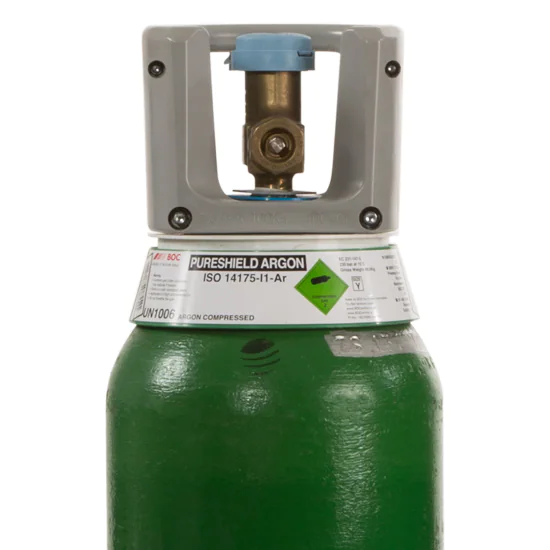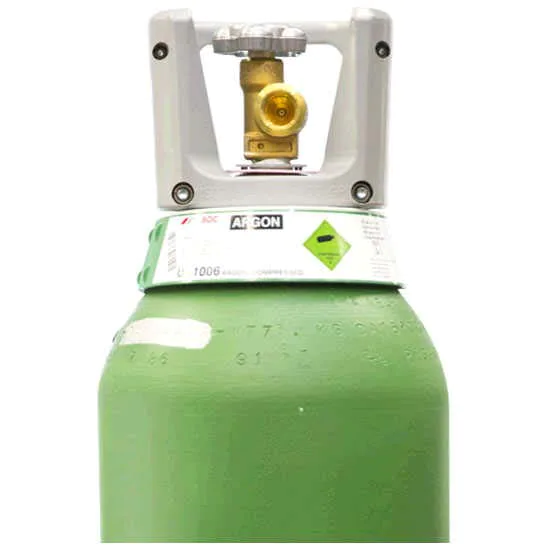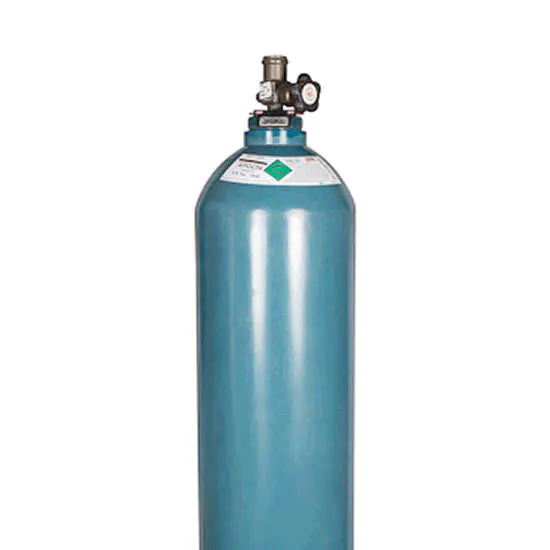Argon is a chemical element; it has symbol Ar and atomic number 18. It is in group 18 of the periodic table and is a noble gas. Argon is the third most abundant gas in Earth’s atmosphere, at 0.934% (9340 ppmv). It is more than twice as abundant as water vapor (which averages about 4000 ppmv, but varies greatly), 23 times as abundant as carbon dioxide (400 ppmv), and more than 500 times as abundant as neon (18 ppmv). Argon is the most abundant noble gas in Earth’s crust, comprising 0.00015% of the crust.
Nearly all argon in Earth’s atmosphere is radiogenic argon-40, derived from the decay of potassium-40 in Earth’s crust. In the universe, argon-36 is by far the most common argon isotope, as it is the most easily produced by stellar nucleosynthesis in supernovas.
The name “argon” is derived from the Greek word ἀργόν, neuter singular form of ἀργός meaning ‘lazy’ or ‘inactive’, as a reference to the fact that the element undergoes almost no chemical reactions. The complete octet (eight electrons) in the outer atomic shell makes argon stable and resistant to bonding with other elements. Its triple point temperature of 83.8058 K is a defining fixed point in the International Temperature Scale of 1990.
Argon is extracted industrially by the fractional distillation of liquid air. It is mostly used as an inert shielding gas in welding and other high-temperature industrial processes where ordinarily unreactive substances become reactive; for example, an argon atmosphere is used in graphite electric furnaces to prevent the graphite from burning. It is also used in incandescent, fluorescent lighting, and other gas-discharge tubes. It makes a distinctive blue-green gas laser. It is also used in fluorescent glow starters.









